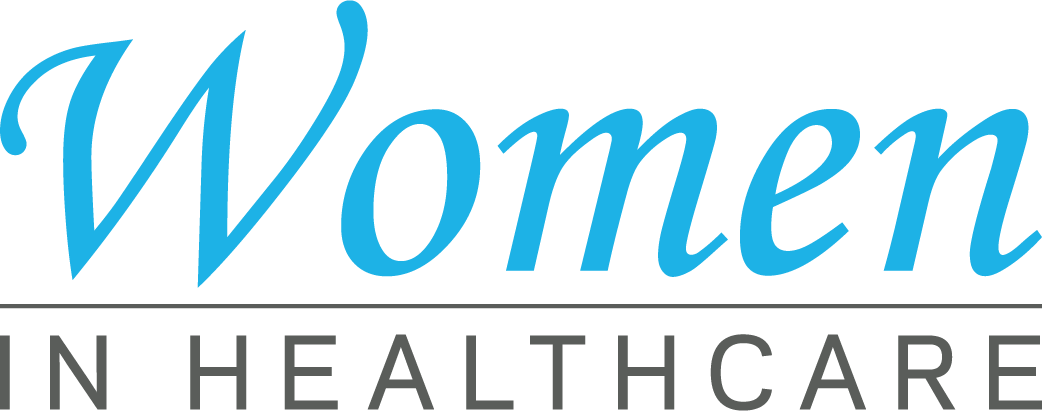A Comprehensive Overview on Just How Medical Care RCM Works to Simplify Payment and Collections
Navigating the intricacies of healthcare revenue cycle administration (RCM) is vital for service providers intending to improve their payment and collections processes. The guide unboxes the intricacies of RCM, from client enrollment to accounts receivable administration, supplying insights into maximizing each step.
Understanding Revenue Cycle Monitoring
RCM is a critical management feature that includes the entire economic process of patient care, from the preliminary appointment setting to the final repayment of the equilibrium. It is a complex treatment made to determine, collect, and manage the income from the solutions supplied to people.
The RCM procedure starts when a person timetables a consultation and prolongs through the patient's care trip, consisting of payment and collections. An essential purpose is to reduce the time between giving a service and obtaining payment, therefore improving the organization's financial wellness. RCM includes various functions such as individual enrollment, insurance coverage confirmation, fee capture, coding, declares entry, repayment uploading, and dealing with rejections and charms.
Trick Elements of RCM
In the realm of Profits Cycle Management (RCM), comprehending its key parts is essential to achieving economic effectiveness within health care companies. RCM is a thorough procedure that encompasses different phases, each important to ensuring efficient invoicing and collections. The main components include patient registration, insurance coverage confirmation, fee capture, coding, insurance claim entry, payment uploading, and balance due monitoring.


As soon as coded, insurance claims are sent to payers, where accuracy is vital to avoid denials or delays - Healthcare RCM. Repayment uploading involves videotaping the gotten repayments, which permits for the reconciliation of accounts. Finally, receivables monitoring concentrates on tracking and attending to unsettled claims, making certain timely follow-up and resolution
Each part of RCM is adjoined, and inadequacies in any kind of part can disrupt the entire cycle. Consequently, mastering these components is necessary for doctor to maximize earnings and enhance their financial wellness.
Methods for Efficient Invoicing

Systematizing invoicing procedures throughout the company is an additional essential technique. Establishing clear guidelines for paperwork, coding, and submission aids maintain uniformity and conformity with regulative needs. Training staff frequently on these procedures guarantees everybody is up-to-date with the current adjustments in billing codes and payer policies.
Precise charge capture is crucial in protecting against earnings leak. Carrying out regular audits and tracking systems enables the recognition and correction of inconsistencies prior to they influence revenue. In addition, maintaining open lines of communication with payers assists to quickly deal with any conflicts or misunderstandings that may emerge.

Last but not least, interesting people early in the payment process by providing clear price quotes and instructional products regarding their financial duties can significantly decrease confusion and boost payment timeliness. These strategies jointly add to an extra monetarily healthy and balanced and effective payment system.
Enhancing Collections Processes
A robust collections procedure is crucial for maintaining monetary stability within medical care organizations. Offered the complexities of clinical invoicing and the selection of payer requirements, boosting the collections process entails carrying out tactical measures that ensure timely and exact payment of services made. Central to this is using modern technology to automate and enhance procedures, reducing manual mistakes and boosting performance. Automation tools can assist in tracking case standings, sending out prompt tips to individuals, and managing rejections more successfully.
Training staff to understand the nuances of insurance policy policies and billing codes is just as important. This expertise empowers them to address billing disparities promptly and communicate properly with people concerning their monetary obligations. In addition, clear and transparent patient interactions are crucial. Offering comprehensive explanations of charges and offering adaptable repayment plans can enhance client complete satisfaction and prompt settlements.
Routine audits of the collections procedure must be performed to identify locations for improvement and guarantee compliance with laws. By assessing data, healthcare organizations can determine trends, expect possible problems, and adapt approaches appropriately (Healthcare RCM). Inevitably, a well-enhanced collections procedure not only sustains financial health and wellness yet likewise adds to a more smooth experience for patients and team alike
Optimizing Income Streams
Structure upon the structure of a strong collections process, medical care organizations can even more strengthen their financial security by purposefully optimizing profits streams. This involves a multi-faceted technique, beginning with a detailed evaluation of existing revenue sources to recognize ineffectiveness and locations for development. Utilizing innovative data analytics tools enables organizations to gain understandings right into payer More Help mix, patient demographics, and solution use patterns, enabling data-driven choices that improve income capture.
Carrying out automated payment systems can considerably decrease errors and accelerate cases processing, ensuring that revenue is accumulated extra successfully. Furthermore, enhancing payer contracts through routine negotiations can improve compensation rates and terms, straight affecting the bottom line. Diversifying solution offerings, such as incorporating telehealth or health care, can likewise draw in a view it now broader client base, therefore increasing revenue capacity.
An additional critical element is boosting client interaction and fulfillment, as pleased individuals are more probable to comply with treatment plans and make prompt settlements. Providing adaptable settlement choices and transparent payment methods can improve collections and foster client commitment. Healthcare RCM. By embracing these strategies, health care companies can produce a more resistant economic framework, making certain continual growth and security in an ever-changing industry landscape
Final Thought
In conclusion, medical care Profits Cycle Monitoring (RCM) plays an essential duty in maximizing invoicing and collections processes by integrating essential parts such as patient registration, insurance policy verification, cost capture, coding, claims submission, and accounts receivable monitoring. By using innovative modern technology, systematizing procedures, and promoting patient interaction, doctor can considerably reduce insurance claim rejections, speed up payment cycles, and boost money circulation. This extensive strategy to RCM inevitably results in improved monetary effectiveness and sustainability for medical care companies.
The RCM procedure starts when a person schedules a visit and prolongs via the patient's treatment journey, including billing and collections.One more important part is enhancing individual involvement and fulfillment, as pleased people are more likely to stick to therapy strategies and make prompt repayments. Using flexible payment options and clear billing practices can improve collections and foster patient loyalty.In verdict, medical care Profits Cycle Monitoring (RCM) plays a critical function in enhancing invoicing and collections processes by integrating crucial components such as patient enrollment, insurance policy confirmation, fee capture, coding, asserts submission, and accounts receivable management. By utilizing sophisticated technology, why not find out more systematizing procedures, and promoting client engagement, healthcare companies can considerably reduce case rejections, increase settlement cycles, and improve cash flow.